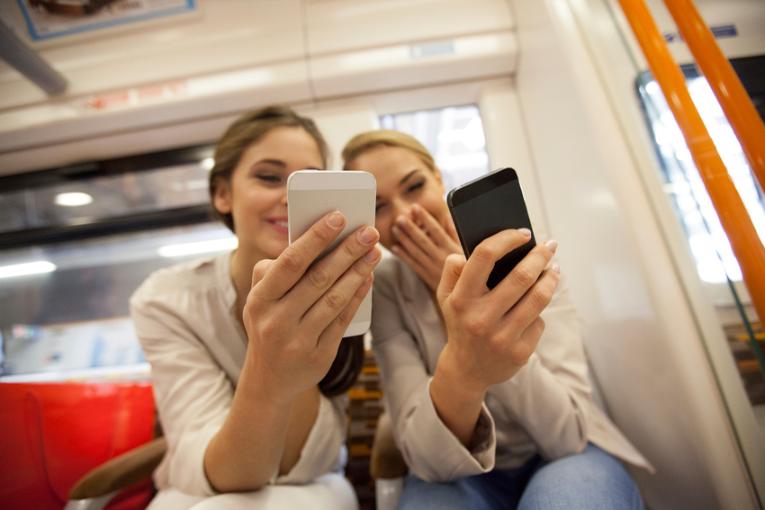
"Digital detox" means taking a self-imposed break from digital media and screen use, especially smartphones, computers and television. A detox experiment can be an interesting experience and provide new insights.
Some people realize how much the digital device already seems to have grown on them and gain a new sensitivity for dealing with it. "Digital detox" is suitable, for example, as a "weekend digital diet", comparable to fasting for a few days. However, if you want to learn a good digital balance in the long term, digital detox will only be a small building block.
Digital detox to raise awareness
Screen-free time is a good start to a learning process that can lead to a new quality of life. When you start digital fasting, you may initially experience surprising emotions, such as boredom or the fear of missing out on something. However, you may also feel a new sense of freedom, experience real relaxation or find the increased personal interaction with others very satisfying. The fact is that those who purge digitally gain a lot of time for sensual experiences and meaningful activities.
How digital detox works
Making fewer phone calls, chatting or using social media less, consuming less digital media - these are all good ways to reduce the excess of stimuli. The digital detox is about creating a space for a conscious examination of digital consumption. If you want to make a change now, we have two detox stations for you.
Choose for yourself which media detox is more suited to your personal habits. Although the detox tasks sound simple, some people find them much harder to stick to than new dietary rules, for example. This is because we often scrutinize our media consumption less critically than our eating habits. It's about getting a feel for what giving up media feels like and how it affects you. If you can't keep it up, just see it as an experiment. Maybe just try it again the following week?
Here you will find suggestions on how you can digitally declutter and become more aware of your media consumption again. Start with a short self-reflection.
 Brief self-reflection
Brief self-reflection
On the trail of my digital consumption
Take 15 minutes and read through the following four questions one after the other. Try to remember different situations, e.g. during a project shortly before the deadline, during a conceptual phase, during a break, at home, on vacation.
1. how do I react if I can't find my smartphone or my computer doesn't have enough battery power?
2. when do I check my emails or smartphone particularly often in the hope of finding something interesting?
3 . what feelings do I not want to experience in these situations, what feelings do I want to feel instead?
4. in which situations do I find it easy to manage without digital devices?
You may find that you use digital media and devices more often than you think to block out unpleasant emotions. By temporarily giving up TV, series or smartphones, you give yourself peace and time to find other ways to switch off.
 Detox station 1
Detox station 1
Less smartphone use
Try fasting from smartphone consumption for a week.
Proceed in a similar way to "real" intermittent fasting. Think in advance about which hours of the day your smartphone should be off and you should not be reachable: Is it more from the morning until early midday? Or after work? Or do you want to switch off your smartphone for the whole weekend?
Choose a suitable variant. Start with a weekend day or try to stick to it for three to four days.
 Detox station 2
Detox station 2
Watch less TV or series
Adults in Germany easily watch three or four hours of television a day. During the detox week, leave the TV, Netflix or YouTube off for at least two days. Try out what it's like to sit on the sofa and do nothing. Let yourself be surprised by the ideas you come up with when you're not looking at a screen. Some people who go on a media fast start tinkering, working or tidying up on the very first evening. If you notice that you have this creative energy, try going without your usual media evenings for a day or two longer.
You may also be interested in these articles:
Tips for couch potatoes: "Small adjustments are the secret"
Big air in the office: how to resolve conflicts in the team
3 simple and effective yoga exercises for your back

